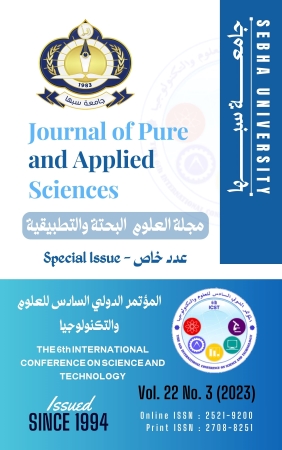The role of ERP systems in enhancing internal audit planning and implementation procedures; A field study on a telecommunications company operating in the Arab Republic of Egypt.
Abstract
This research aimed to study the role of the ERP system in enhancing planning and implementation procedures in the internal audit function in companies. The researcher relied on the descriptive approach to record and describe the procedures before and after the implementation of the ERP system. The practical study was conducted on one of the telecommunications companies operating in the Arab Republic of Egypt. One of the geographical sectors of this company used as a sample for the study, the researcher relied on the field study method to collect data, he was a participant observer as a member of the internal audit department that reviews sales management operations. The results of the study revealed that internal audit activity under ERP systems has expanded the audit objectives and changed its scope and the skills required of its employees. It also freed auditors from time pressure, eliminating the inspection system in the audit and adopting a comprehensive examination method through reports issued by the system, and the possibility of implementing the audit plan on time efficiently and effectively. This research added scientific value by adopting a field study method to examine the impact of ERP systems on internal audit procedures and drew the attention of practitioners to the importance of ERP systems for planning and implementing internal audit procedures in their organizations.
Full text article
Authors
Copyright (c) 2023 Journal of Pure & Applied Sciences

This work is licensed under a Creative Commons Attribution 4.0 International License.
In a brief statement, the rights relate to the publication and distribution of research published in the journal of the University of Sebha where authors who have published their articles in the journal of the university of Sebha should how they can use or distribute their articles. They reserve all their rights to the published works, such as (but not limited to) the following rights:
- Copyright and other property rights related to the article, such as patent rights.
- Research published in the journal of the University of Sebha and used in its future works, including lectures and books, the right to reproduce articles for their own purposes, and the right to self-archive their articles.
- The right to enter a separate article, or for a non-exclusive distribution of their article with an acknowledgment of its initial publication in the journal of Sebha University.
Privacy Statement The names and e-mail addresses entered on the Sabha University Journal site will be used for the aforementioned purposes only and for which they were used.

